
September 2019
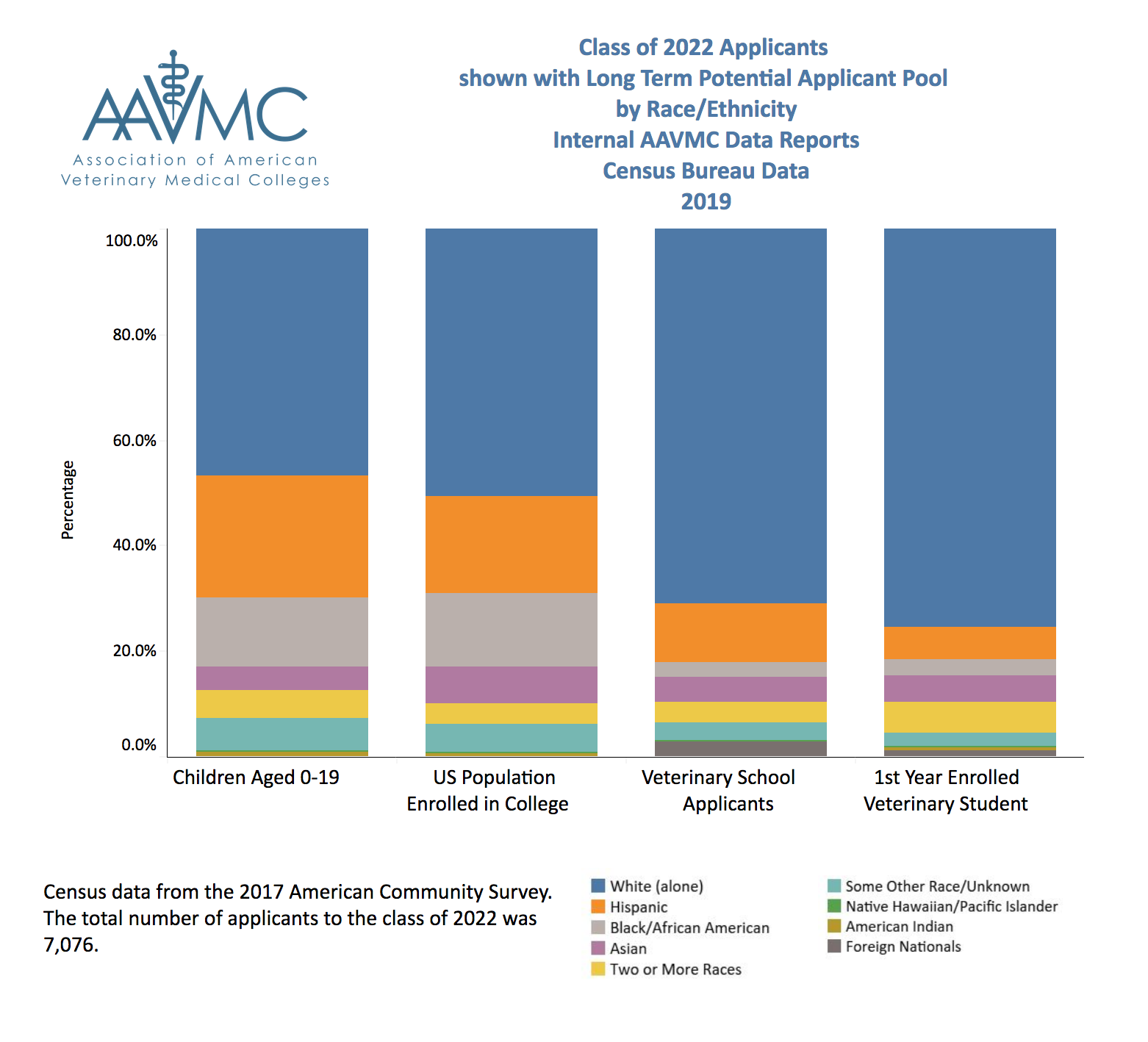
Sustained Effort Required to Achieve Diversity & Inclusion Goals
Senior Director for Institutional Research and Diversity and Inclusion Dr. Lisa Greenhill recently examined the applicant pool within the context of the broader population (see graph above) and published an addendum to the AAVMC’s current Public Data Report.
The analysis sought to generate some insight about future trends in the applicant pool based upon looking at the number of children under 18 and current college students in the United States.
The analysis produced some key insights, most of which suggest that academic veterinary medicine must work even harder than it has been to attract more racially/ethnically diverse candidates.
“Although efforts to improve the diversity in the applicant pool have resulted in a pool that is just over 20% racially/ethnically diverse,” Dr. Greenhill said, “we still see a trend in admitted students that disproportionately admits white students based on their relative representation in the pool.”
The population in undergraduate schools right now is much more diverse than the current applicant pool in academic veterinary medicine, she said, which suggests that efforts to increase the diversity of the pool are necessary.
When looking long-term among the general population, the proportion of white children is shrinking based upon the current number of children under the age of 19.
“If veterinary medicine is going to have a sustained applicant pool feeding the profession, we must be committed to recruiting broadly and deeply in the demographic groups experiencing growth,” said Greenhill. “We can’t afford not to consider diversity recruiting based on the long-term demographic projections.”
Further, we need to continue the pursuit of admissions evaluations that consider the whole applicant and what they bring to both the academic environment as well as the veterinary profession, according to Greenhill.
Nomination Cycle for 2020 AAVMC Awards Open Through October 15, 2019
 The AAVMC annually presents a series of awards designed to inspire and recognize professional excellence in teaching, research, service, diversity and inclusion and other areas in academic veterinary medicine. The nomination period is now open for the 2019-20 series of awards, which will be presented during the 2020 annual conference in Washington. The professional excellence awards that will be presented this year include:
The AAVMC annually presents a series of awards designed to inspire and recognize professional excellence in teaching, research, service, diversity and inclusion and other areas in academic veterinary medicine. The nomination period is now open for the 2019-20 series of awards, which will be presented during the 2020 annual conference in Washington. The professional excellence awards that will be presented this year include:
- AAVMC Excellence in Research Award
- AAVMC Distinguished Veterinary Teacher Award, Presented by Zoetis
- AAVMC Senator John Melcher, DVM Leadership in Public Policy Award
- AAVMC Billy E. Hooper Award for Distinguished Service
- Iverson Bell Award
Specific award criteria and submission information is available on the individual award pages. The nomination deadline for all awards listed above is October 15, 2019. Please forward submissions to awards@aavmc.org. For more information, please see our awards page here or contact Ms. Lawann Blunt at 202-371-9195 (ext.152) or lblunt@aavmc.org.
Long-time VMCAS Leader Tony Wynne To Leave AAVMC, Lead NAAHP
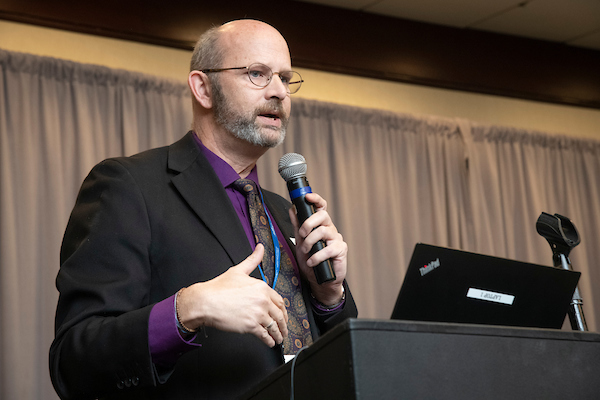 Veteran AAVMC employee Tony Wynne will leave the AAVMC in late September to become executive director of the National Association of Advisors for the Health Professions (NAAHP) in Champaign, Illinois.
Veteran AAVMC employee Tony Wynne will leave the AAVMC in late September to become executive director of the National Association of Advisors for the Health Professions (NAAHP) in Champaign, Illinois.Wynne, who joined the AAVMC in 2008, serves as Director of Admissions and Recruitment Affairs, where he is responsible for managing all aspects of the Veterinary Medical Student Application Service (VMCAS) and national student recruitment.
Wynne has also provided staff support and leadership for the Council on International Veterinary Medical Education (CIVME), an international program formed in 2016 to help elevate the quality of academic veterinary medicine around the world.
His responsibilities as director of admissions and recruitment affairs have included directing VMCAS, serving as editor of the Veterinary Medical School Admissions Requirements, and as project lead on initiatives involving pre-vet/pre-health advisor development, veterinary school admissions and recruitment, and pre-veterinary student development. He has also been active in strategic planning for technology and data analysis in the AAVMC.
“Tony has so many talents and has been such an integral part of the AAVMC for so long that it’s hard to see him go, but we appreciate his many contributions and especially the way he has personalized the application process for so many prospective students,” said AAVMC CEO Dr. Andrew T. Maccabe. “He’s made an enormous contribution here at the AAVMC, and we look forward to maintaining a continuing professional and personal relationship with Tony during his new work with the NAAHP.”
Wynne praised Maccabe and the AAVMC leadership for providing him with career opportunities and allowing him to achieve many of his professional goals. “Making the decision to leave the AAVMC was agonizing,” said Wynne, “but I felt like I had achieved my main objectives, so I wanted to take those same skills and expand my contributions to the NAAHP.”
His two main goals were to change the perception of VMCAS as an impersonal application system and to position veterinary medicine to have more visibility among the health professions.
Wynne has been active the NAAHP since 2009, serving on its advisory council, and as its chair for the past two years. He also served on the board of directors of the Lesbian & Gay Veterinary Medical Association (LGVMA) and worked closely with the American Pre-Veterinary Medical Association (APVMA).
Prior to his professional work in higher education and project management, he was headed for an entertainment career, serving as an actor, director and producer, and musician, all of which he still pursues in his spare time.
“The AAVMC has such a remarkable culture. It’s an eclectic group of people who are very personally and professionally supportive of each other and there is so much synergy when it comes to solving problems,” he said. “That’s something I’ll always take with me.”
The search to identify a new Director of Admissions and Recruitment Affairs is underway and the AAVMC expects to make a hiring decision and announce Wynne’s replacement in the near future.
AVMA/AAVMC Joint Committee Meets in Washington
 Leaders from the AVMA and AAVMC gathered in Washington, D.C. for the semi-annual Joint Committee Meeting on August 3rd, 2019. The meeting was held in conjunction with the AVMA’s annual conference.
Leaders from the AVMA and AAVMC gathered in Washington, D.C. for the semi-annual Joint Committee Meeting on August 3rd, 2019. The meeting was held in conjunction with the AVMA’s annual conference.AAVMC President Dr. Michael Lairmore and AVMA President Dr. John De Jong presented organizational updates on a series of current issues and initiatives. AAVMC Chief Executive Officer Dr. Andrew T. Maccabe and AVMA Executive Vice President Dr. Janet Donlin and Assistant AVMA Vice President and Chief Accreditation and Certification Officer Dr. David Granstrom also made presentations.
Agenda items included advocacy, diversity & inclusion, wellbeing in the profession and the academy, the Veterinary Debt Initiative, the Veterinary Futures Commission, leadership development, and accreditation logistics and support.
Designed to foster collaboration and synergy between the AVMA and the AAVMC, the meetings have been held since the founding years of the association. In recent years, they have become more structured and formalized.
The AVMA represents about 91,000 veterinarians practicing in many different areas of the profession. The AAVMC represents about 20,000 veterinary college administrators, faculty, staff members and students in the United States.
“Our two organizations play a fundamental role in shaping and building the profession of veterinary medicine in the United States,” said Maccabe. “These regular meetings foster greater understanding, build collaboration and strengthen a partnership that profoundly benefits society.”
CTSA One Health Alliance Offering Research Fellowships
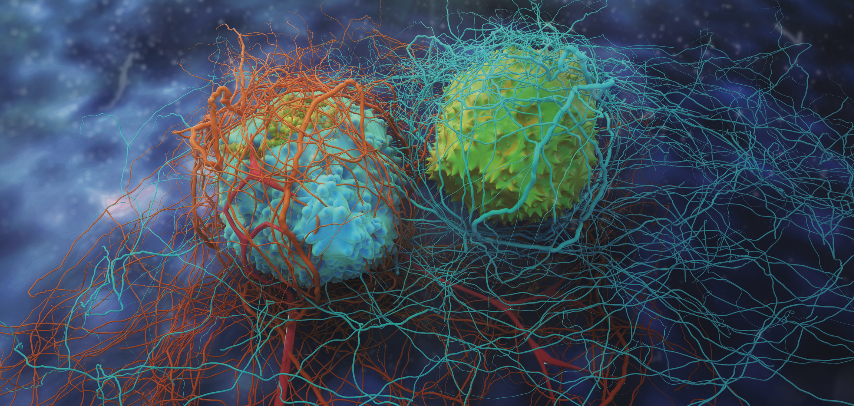 The CTSA One Health Alliance is offering two-year research fellowships to veterinarians after residency training.
The CTSA One Health Alliance is offering two-year research fellowships to veterinarians after residency training.The research training will take place in interdisciplinary environments with a team of mentors related to various veterinary clinical specialties. Applications are due January 8, 2020 for a fall 2020 start date.
For more information, check the COHA website under “Fellowships.” The fellowship area will be fully active in mid-September. For more detailed information about the fellowships, please click here.
COHA administrators stated that this is a temporary link while the COHA website is in the process of redesign. In the event visitors get a security error message, please contact Lauren Trepanier at lauren.trepanier@wisc.edu.
The Clinical and Translational Science Award One Health Alliance (COHA) is comprised of veterinary schools partnered with medical and other colleagues through a National Institutes of Health Clinical Translational Science Award (CTSA).
COHA’s mission is to advance our understanding of diseases shared by humans and animals. The alliance leverages the expertise of physicians, research scientists, veterinarians, and other professionals to find solutions for medical problems and to address the well-being of humans, animals, and the environment.
Maccabe Honored by American Veterinary Epidemiology Society
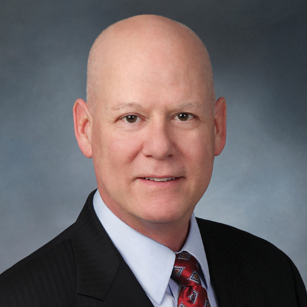
 AAVMC Chief Executive Officer Andrew T. Maccabe was presented a 2019 Honorary Diplomate Certificate from the American Veterinary Epidemiology Society (AVES) during recent ceremonies held in conjunction with the annual meeting of the American Veterinary Medical Association in Washington.
AAVMC Chief Executive Officer Andrew T. Maccabe was presented a 2019 Honorary Diplomate Certificate from the American Veterinary Epidemiology Society (AVES) during recent ceremonies held in conjunction with the annual meeting of the American Veterinary Medical Association in Washington.AVES annually confers the honor on distinguished individuals who have made significant contributions in veterinary medicine, human health, public health, epidemiology and One Health.
Maccabe was nominated by Dr. Primo Arambulo, III, an internationally acclaimed veterinary epidemiologist who formerly served as coordinator of the Pan American Health Organization/World Health Organization Veterinary Public Health Program.
“Dr. Maccabe truly embodies the ‘Renaissance Man’ – a veterinarian with a wide range of talent and expertise,” said Arambulo, praising Maccabe as a man of vision, energy and leadership during his nomination letter. “(He) is an extraordinary and versatile professional who has served the broadest societal needs and interests through veterinary medicine. His career (has) advanced animal and human health, and the environment, through his efforts to promote and strengthen the field of veterinary epidemiology and preventive medicine.”
Prior to assuming his present leadership position with the AAVMC in 2012, Maccabe served as the Centers for Disease Control (CDC) Liaison to the U.S. Food and Drug Administration from 2008-2012. He served the AAVMC as Associate Executive Director from 2002-2008, and previously worked in veterinary private practice.
Maccabe retired as a Colonel in the United States Air Force in March 2017 following a 24-year career in military veterinary medicine. He earned numerous awards and decorations during that tenure and was serving as IMA Public Health Advisor to the Command Surgeon of HQ NORAD – U.S. NORTHCOM at Peterson Air Force Base in Colorado upon his retirement.
Maccabe earned his BS and DVM degrees from The Ohio State University. He earned his Master of Public Health from Harvard University and a Juris Doctor degree from the University of Arizona.
The mission of the AVES is to advance the field of veterinary epidemiology and public health in the spirit of One Health through educational symposia and the recognition of leaders and students.
In the News
Veterinarians in Short Supply, Leaving Missouri Clinics, Farms Scrambling for CareSt. Louis Post Dispatch
What’s Killing California’s Sea Otters? House Cats
New York Times
New Method Rapidly Detects Invisible Dangers to Food
Technology.org
AAVMC Diversity Program Recognized With National Award
Veterinary Practice News
Veterinarians Are Killing Themselves. An Online Group Is There To Listen And Help
NPR
Stopping Parasites Sticking to Mosquito Guts Blocks Disease Transmission
Agnet
Ohio State Researchers Using County Fair Pigs to Develop New Flu Vaccines
ABC6
Monkey Problem: St Kitts’ Great Attraction Becomes Great Headache
BBC
An Unlikely New Target for Glioblastoma Drugs Found
BioSpace
BluePearl, UT Collaborate on Field Learning for Veterinary Social Workers
Veterinary Practice News
TGen and Ohio State Collaborate on Landmark Canine Cancer Study
Medical Xpress
Drug that Treats Human Breast Cancer Might also Work for Canine Lung Cancer
News Medical
New SDSU Veterinarian Program Designed to Promote Rural Care, Lower Tuition
Newscenter1 TV
A First for Cancer Research: New Approach to Study Tumors
Science & Technology Research News
Global Partnership to Fight Antimicrobial Resistance
Pig Progress
From Our Members
Deadly Protein Duo Reveals New Drug Targets for Viral DiseasesCornell
USDA-NIFA Grant Supports Efforts to Control Viral Diseases in Swine
Kansas State
N.C. Dogs Provide Clues About Dangerous Pathogen
NC State
Call the Bee Vet
Tufts
UF Scientists: Gut Microbe Finding in Mice May Help Protect Pregnant Women from Malaria
University of Florida
Hope for Dogs with Bone Cancer
Tufts University
To see a news feed featuring breaking news from our member institutions, please click here.
People in Motion
Dr. Stacy Anderson is the new Interim Associate Dean for Academic Affairs at Lincoln Memorial University College of Veterinary Medicine.
Dr. Peggy Root, Associate Dean of Education, and Dr. Erin Malone, Assistant Dean of Curriculum at the University of Minnesota College of Veterinary Medicine, are jointly assuming the duties of Associate Dean for Academic and Student Affairs at the University of Minnesota College of Veterinary Medicine, replacing Dr. Laura Molgaard, who is now Interim Dean.
Dr. Michael Yang is now acting dean at the City University of Hong Kong, replacing Dr. Michael Reichel.
“Like” us on Facebook or follow us on Twitter:




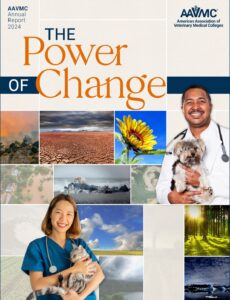
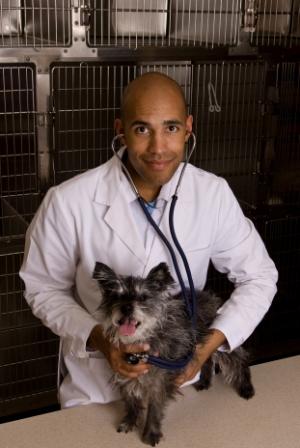
SHARE